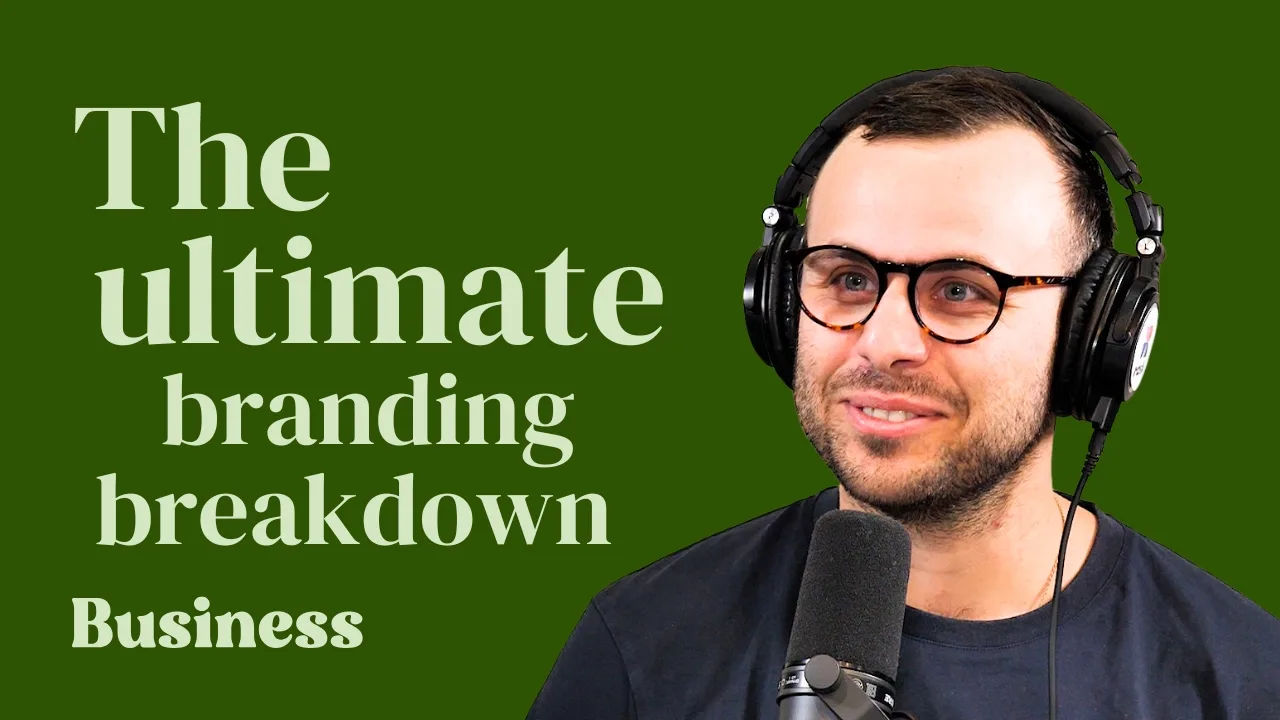In this low-interest rate environment, is the iShares S&P/ASX Dividend Opportunities ETF (ASX: IHD) an opportunity too good to be missed?
About ETFs
Exchange-traded funds, or ETFs, are investment funds that are listed on a stock exchange and provide exposure to a range of shares or assets with one purchase.
This Rask Finance video explains ETFs:
iShares Dividend Opportunities ETF
The iShares S&P/ASX Dividend Opportunities ETF provides exposure to 50 high-yielding ASX companies and aims to pay quarterly dividend income.
The ETF is benchmarked against the S&P/ASX Australia Dividend Opportunities Index and has been operating since 2010, so there’s a fairly substantial track record to look at.
The IHD ETF invests in many of the usual blue-chip suspects such as Wesfarmers Limited (ASX: WES), Commonwealth Bank (ASX: CBA) and Rio Tinto Ltd (ASX: RIO).
Similar to ASX 200 ETFs like the BetaShares Australia 200 ETF (ASX: A200), the IHD ETF is heavily exposed to financials (30.7% of the ETF) and materials (27%). Consumer discretionary and energy both receive allocations greater than 10% as well.
Looking at past performance provides mixed results. Since inception, the IHD ETF has returned 5.35% per year. This is roughly in line with the 5.61% return of the benchmark, but you would’ve been better off investing in the ASX 200 over that time period.
More recently, the IHD ETF has returned 11.42% over the past 12 months and offers a 12-month trailing dividend yield of 6.54%.
Fees & Risks
The IHD ETF charges a management fee of 0.3% per year, which is broadly in line with most other dividend ETFs on offer.
With a portfolio of 50 companies, the ETF is not quite as diversified as an ASX 200 ETF, and around 85% of the ETF is invested in just four sectors. Even more concerning, 30% of the ETF is invested in only three companies.
The trailing dividend yield can also be deceiving as it doesn’t necessarily reflect the dividends that are being paid now, and any cuts that were made during annual reports in August would not be fully reflected in that figure yet.
My Take On IHD
The IHD ETF certainly offers an attractive dividend yield but the long-term performance has been slightly underwhelming. The biggest concern for me is the concentration in three companies, two of which are banks.
This seems to go against the purpose of an ETF, which is to diversify your holdings at a low cost.
I would say there are better options around, and I’d rather be invested in our number one ETF pick in the free report below.
[ls_content_block id=”14948″ para=”paragraphs”]
Disclosure: At the time of writing, Max owns shares in the BetaShares Australia 200 ETF (ASX: A200).



